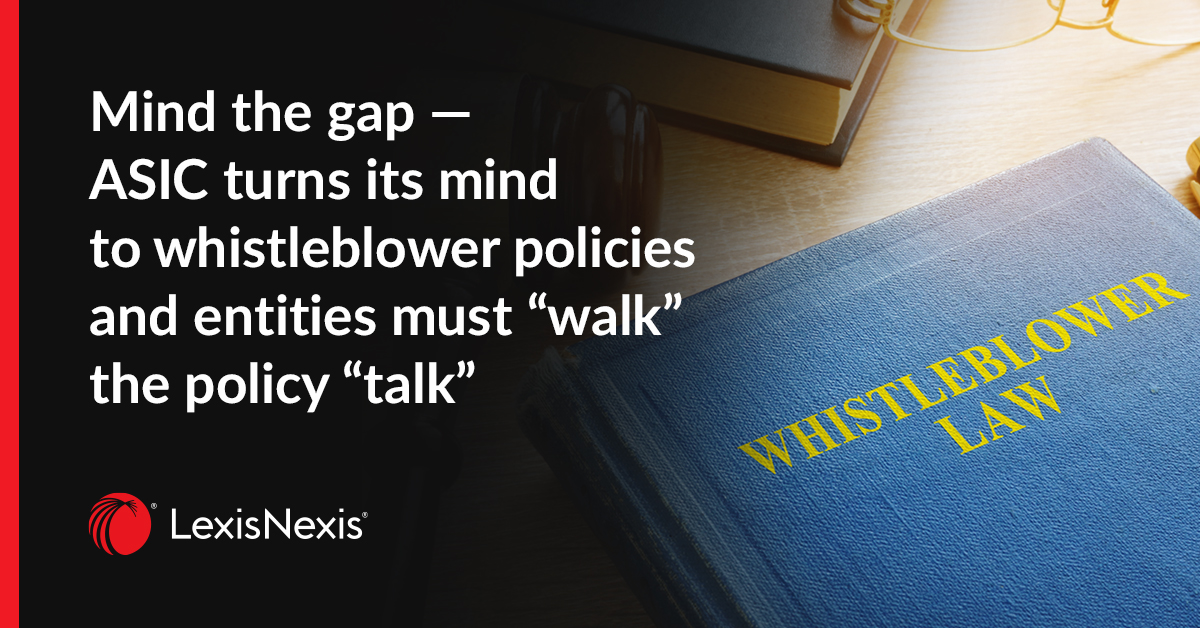
Building rapport during online dispute resolution: different, difficult, doable
22 February 2022 08:00
The rapidly changing court protocols amidst the COVID-19 pandemic have posed tremendous challenges for barristers, solicitors and their clients.
With dispute resolution and mediations via video technologies becoming a more typical way of resolving legal disputes, setting the right tone quickly can be critical to a successful outcome on the day.
So how do you quickly build rapport when meeting online?
It wouldn't be an understatement to say that establishing rapport when meeting over a video call to resolve a dispute is much is more difficult than doing so face to face. In this article, tech-savvy Sydney barrister Claire Roberts identifies six practical steps to help legal professionals overcome some of the challenges of online dispute resolution, including building rapport. Read the full article from Australian Alternative Dispute Resolution Law Bulletin HERE - inside Lexis Advance.
In the alternative dispute resolution (ADR) space, parties have benefited from the existence of technologies that had been specifically designed to facilitate the resolution of disputes between people who are unable, for whatever reason, to meet face to face.
Many people who had not previously used remote conferencing technologies have reported being impressed by the sophistication of these products. There is also talk of clients considering mechanisms such as private arbitration in circumstances where obtaining a court date during the remainder of this year may prove difficult.
A specific challenge of online dispute resolution, however, is that rapport can prove tough to establish.
Key takeaways
- Rapport is critical in online conferences — just as it is face to face.
- It can be much more difficult to build relationships remotely.
- Practitioners, and their clients, should take deliberate steps to foster a sense of respect and trust.
- Remote interactions are still professional engagements even though they may feel less formal.
Clearly, rapport matters
Seasoned ADR practitioners know that initial “relationship building” is a critical step in any mediation or negotiation. In Roger Fisher and William Ury’s classic text Getting to Yes, step one in the authors famed “method” is to “separate the people from the problem”. Feelings, the pair emphasise, are just as important as the subject matter in dispute.
This informs the way in which opening statements in mediations are formulated: often a business representative will wish to open with strong statements about the merits of the case and it will fall to their counsel or solicitor to persuade them that it would be better to emphasise the party’s willingness to settle.
But it also informs matters such as: How should the room be set up? When should we offer coffee or tea? What impression would we be creating by having certain people in attendance?
Rapport can be more difficult to establish online
Long distance communication is “prone to misunderstanding” and can also lack “the rapport and warmth of face-to-face talks”. This can be the case even with a strong internet connection and crisp webcam images.
Looking directly into someone’s eyes when not in the same room as them can feel uncomfortable. The physical separation can also make body language more difficult to read; silences may be interpreted more negatively than would be the case if parties were face to face.
In the Federal Court, Perram J recently noted that — in the context of remote hearings — “video-link technology tends to reduce the chemistry which may develop between counsel and the witness”. His Honour also indicated:
My impression of those platforms has been that I am staring at the witness from about one metre away and my perception of the witness’ facial expressions is much greater than it is in Court.
In the NSW Supreme Court, Sackar J has recently reiterated that demeanour — particularly where this goes to credit — can be particularly difficult to assess from afar.
The sensation of feeling “watched” while on a video conference can make people feel self-conscious and uncomfortable. Additionally, it can be difficult to maintain focus when in the comfort of your home. A participant on a video call may be tempted to “multitask” in a way that they would never do if sitting around a conference table.
Building relationships online when resolving disputes
There are specific, practical things that parties can do to establish rapport when engaging in ADR remotely.
First, it should barely need saying that parties should familiarise themselves with the technology well in advance. Beginning a call with an apology for technical difficulties is distracting and can create the impression that someone did not regard the meeting as important enough to adequately prepare for. There should never be confusion about whether a call is to be over phone or video.
Secondly, it is helpful for the parties to engage with one another in advance of a scheduled mediation. If counsel is attending, they should have a telephone or videoconferencing conversation beforehand. Solicitors are likely to already be in contact in relation to the matter but may wish to have a call to specifically set out hopes and expectations for a scheduled conference. Practitioners and their clients should reflect on the sentiments they wish to rouse during these early discussions — for example, that they can be trusted and that they have respect for the other’s concerns.
Thirdly, it is critical that there are direct lines of communication between counterparts. As Katrina J Kluss has noted in the article Mediation mediums: the benefits and burdens of online alternative dispute resolution in Australia (from Australian Alternative Dispute Resolution Law Bulletin, LexisNexis), “communication facilities and online resources must be available not only for the joint negotiation sessions but also for the individual break-out sessions in order to be of real value.” Private room discussions and hallway conversations can be just as important as they often are in person — parties should ensure that the technology they are using enables talks to take place between a variety of groups.
Fourthly, the way in which parties visually appear during a video conference is important in setting the tone. Everyone should dress as if they were meeting in person — so usually, in professional attire. (An exception may be, for example, a client who never wears a suit.) Perram J recently noted that in the Federal Court there has been a “general sense that there has been a reduction in formality in the proceedings” — in his Honour’s view, this “is certainly so and is undesirable”. Attendees should think about what appears in the background behind them — an office, clear table or plain wall are all good options to minimise distractions.
You may also like to check out the complimentary gallery of videoconference backgrounds from LexisNexis HERE.
Fifthly, parties should be careful of the way in which they speak. Remote discussions are different from face to face interactions and should be approached as such. Some of the vocal concerns that might be borne in mind were examined in a collaborative article, Conveying meaning in mediation: the importance of the mediator’s voice (from Australian Alternative Dispute Resolution Law Bulletin, LexisNexis) by Helen Shurven and Kym Godfrey (a mediator and a speech-language pathologist). Voice variation and emphasis, for example, can make communication “more engaging and effective”, and it is particularly important to speak slowly and clearly when parties are not in the same room.
The Council of the Inns of Court in England has recently published an online guide which notes that a:
…brief delay typically occurs between the video image of the person speaking and their voice being heard … This connection delay may lead participants to believe a person has finished speaking before they have, in fact, done so and is liable to result in participants inadvertently speaking over one another.
As noted above, pauses in online communications can also feel awkward and so maintaining a comfortable “flow” of conversation can require much more conscious effort than is the case in person.
Finally, parties to remote ADR should give the process their full attention. It can feel tempting to stroll to the kitchen amidst a protracted debate when the kettle is meters away, but parties should remember that they are always “on camera”. People who are distracted by their own image might consider altering their settings so that they remain visible to others but do not appear on their own computer screen. Appearing engaged and attentive in a remote setting can be more tiring than is the case in person but efforts in this regard are appreciated and advantageous.
Meeting on a video call is not the same as meeting in person. By recognising this and taking conscious steps to build relationships despite the challenges of new mediums, parties can still establish rapport in circumstances where they are unable to be in the same room.
Claire Roberts Barrister
Eleven Wentworth Chambers
(formerly at Eight Selborne)
The author thanks Dina R Jansenson whose seminar on negotiation at Columbia Law School informed some of the thinking in this piece.
Read the full article from Australian Alternative Dispute Resolution Law Bulletin HERE - inside Lexis Advance.
Contact your Relationship Manager for information on our Dispute Resolution Law resources which are available as part of an online subscription to Lexis Advance. Alternatively, email Sales.Enquiries@lexisnexis.com.au or call us on 1800 772 772.
From simple search to analysis and insight, the powerful intelligence of Lexis Advance sits at the heart of many of LexisNexis' legal solutions. Access exactly what you need with a single subscription.
Latest Articles
-
 3 tips for banking and finance lawyers when responding to an ASIC enquiry, and how to avoid misleading or deceptive conduct.
3 tips for banking and finance lawyers when responding to an ASIC enquiry, and how to avoid misleading or deceptive conduct. -
 Significant increases to competition and consumer law penalties have commenced and sweeping reforms to the unfair contract terms regime will follow in 12 months’ time.
Significant increases to competition and consumer law penalties have commenced and sweeping reforms to the unfair contract terms regime will follow in 12 months’ time. -
 The Australian Securities and Investments Commission (ASIC) is calling on Australian CEOs, from public companies, large proprietary companies and corporate superannuation trustees to review their whistleblower policies and processes to ensure compliance with private sector whistleblower laws.
The Australian Securities and Investments Commission (ASIC) is calling on Australian CEOs, from public companies, large proprietary companies and corporate superannuation trustees to review their whistleblower policies and processes to ensure compliance with private sector whistleblower laws.
Practical Guidance
Your one-stop solution for accurate legal answers from Australian legal experts. Tools, practically focused guidance notes, checklists, precedents, and training materials support and streamline your legal workflow.
LEARN MOREContact our Experts Now

 LexisNexis
LexisNexis
